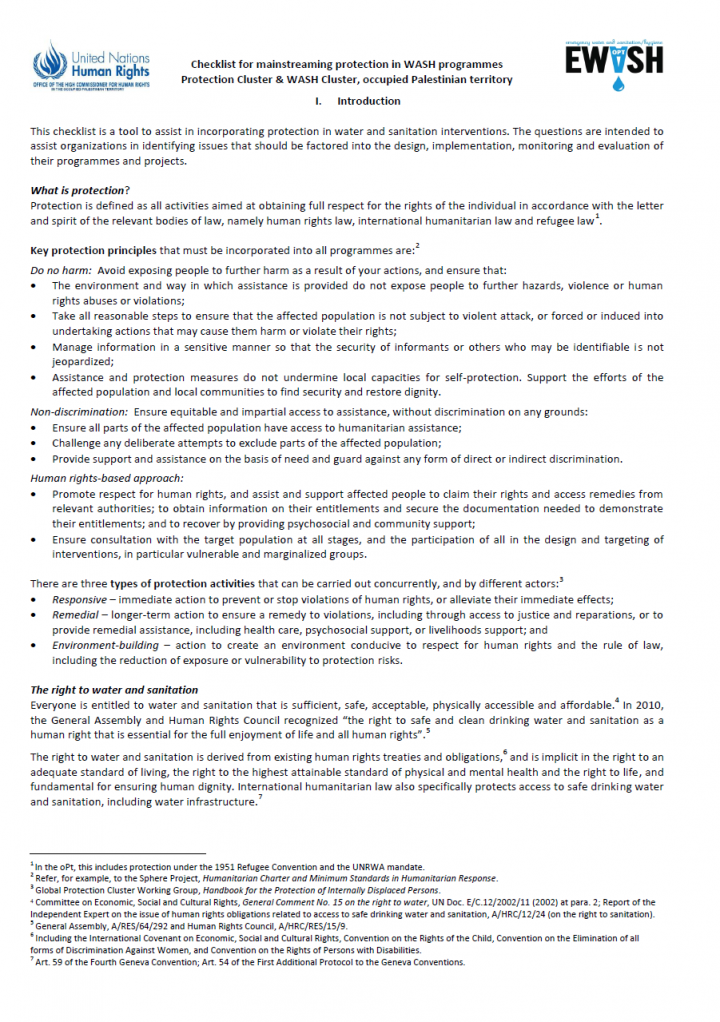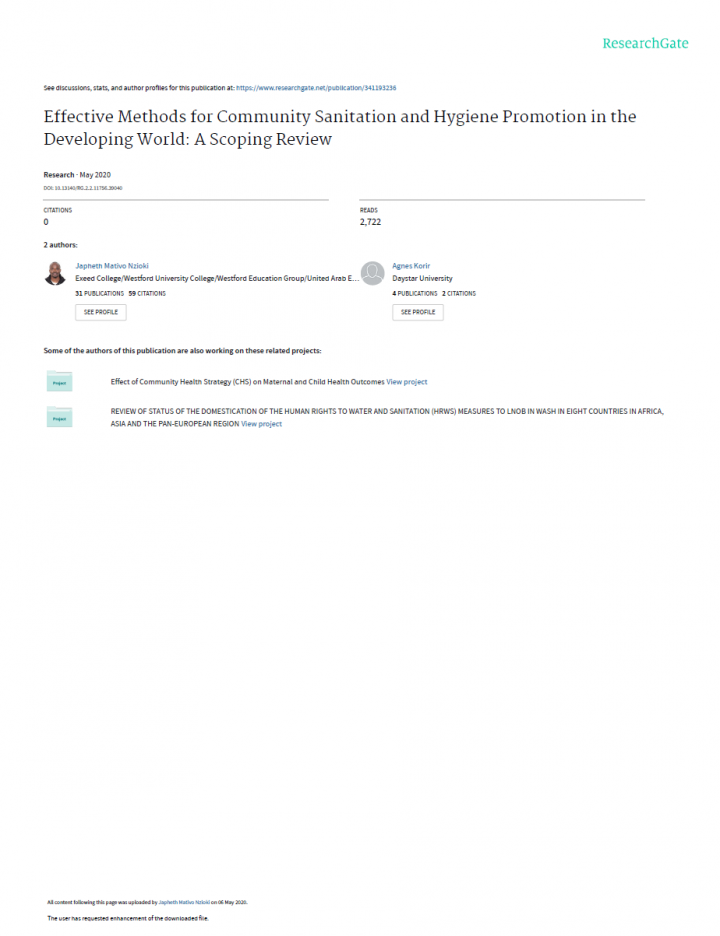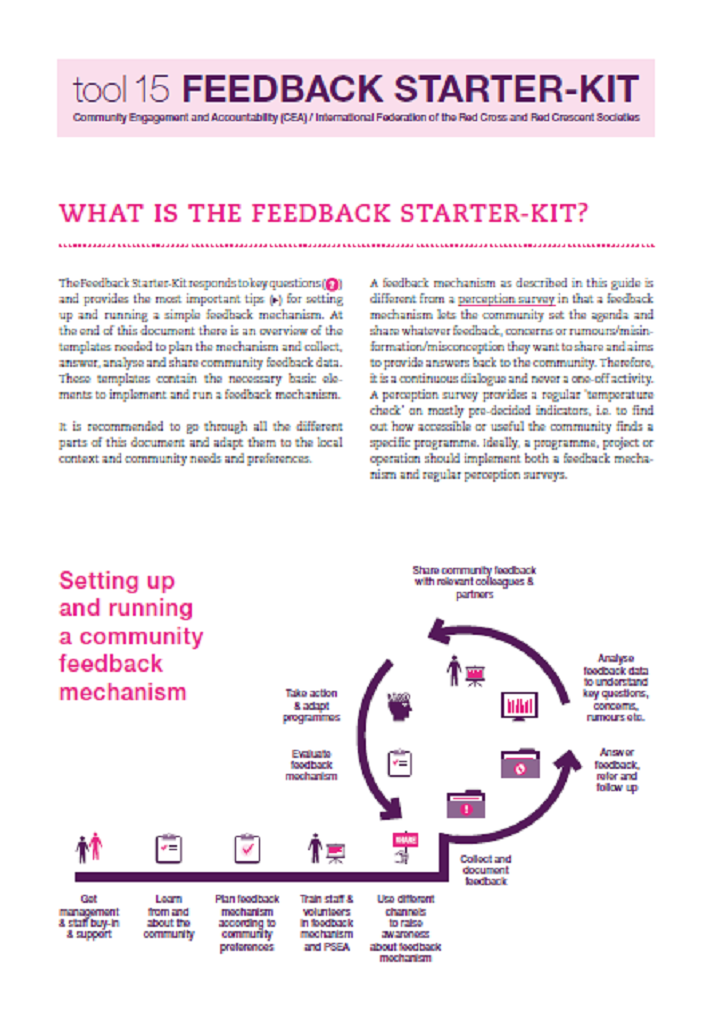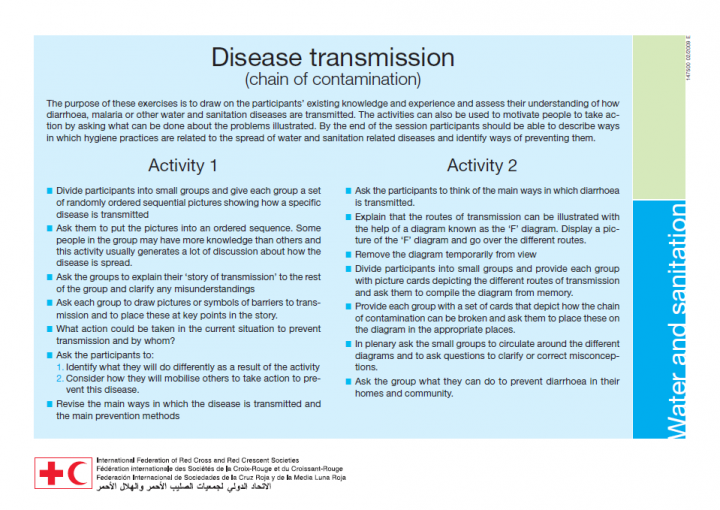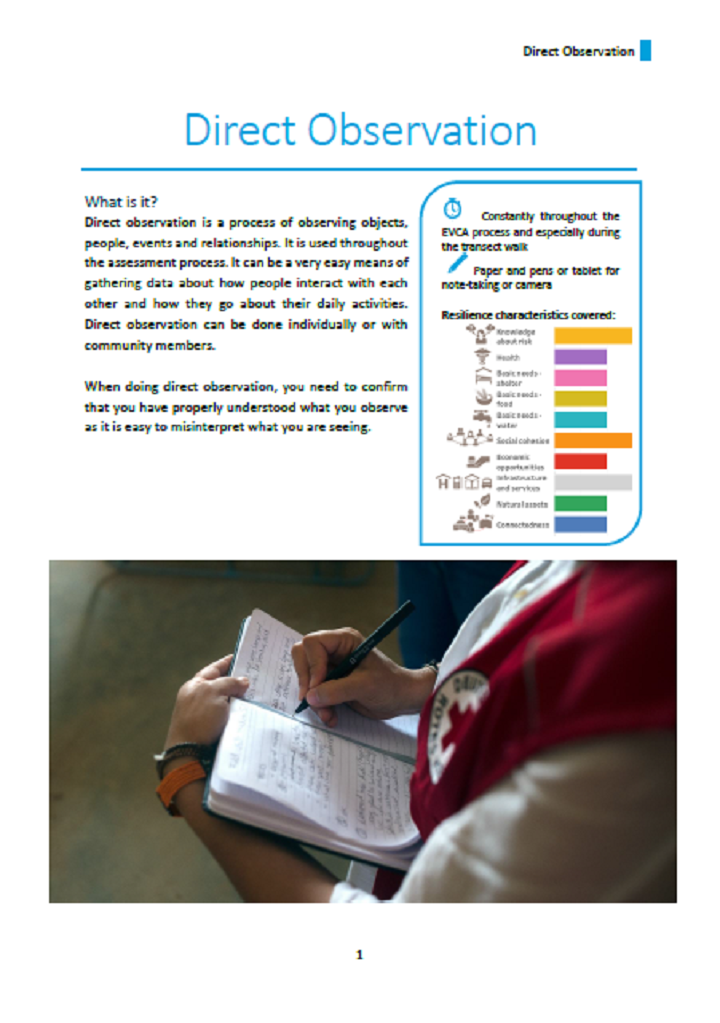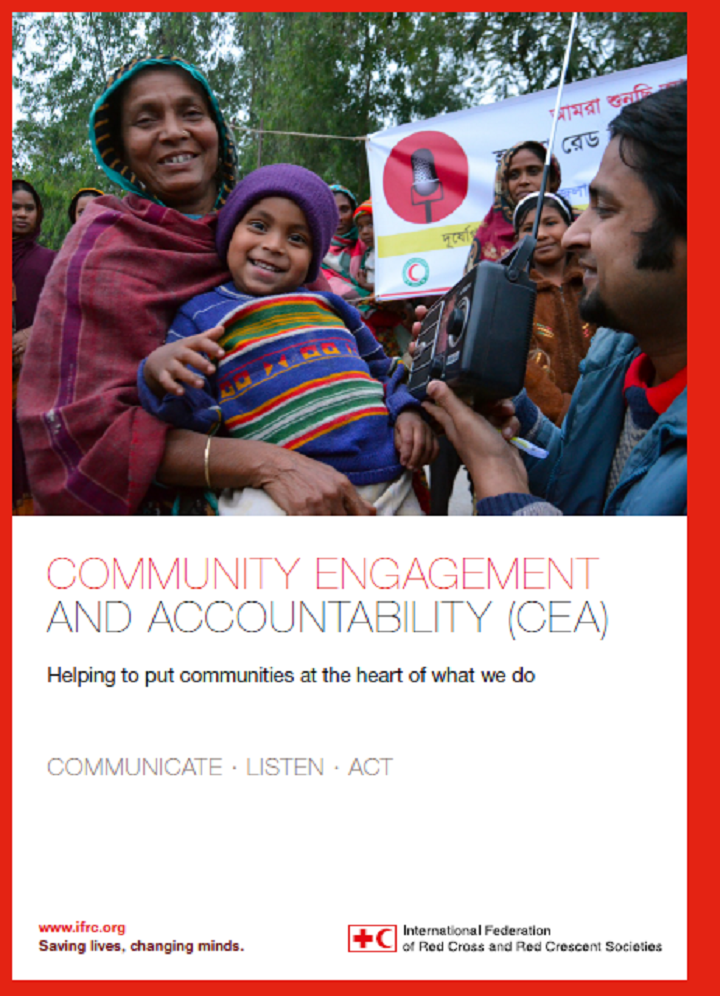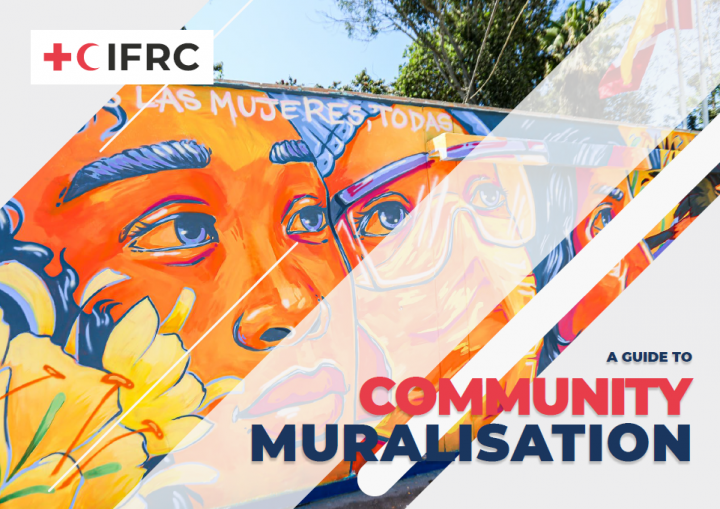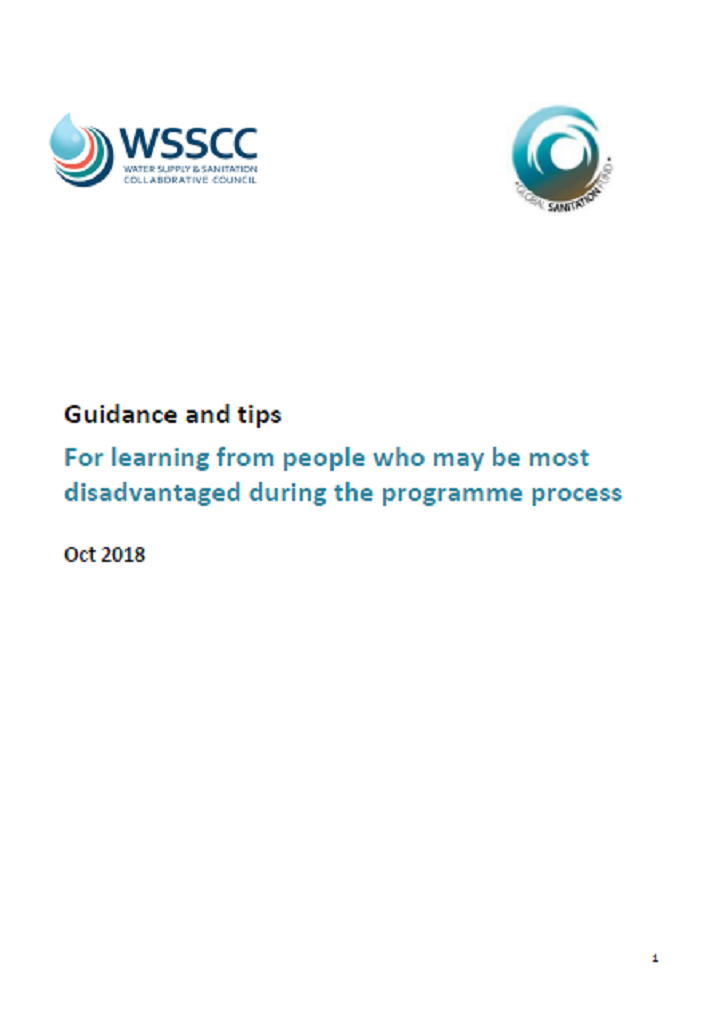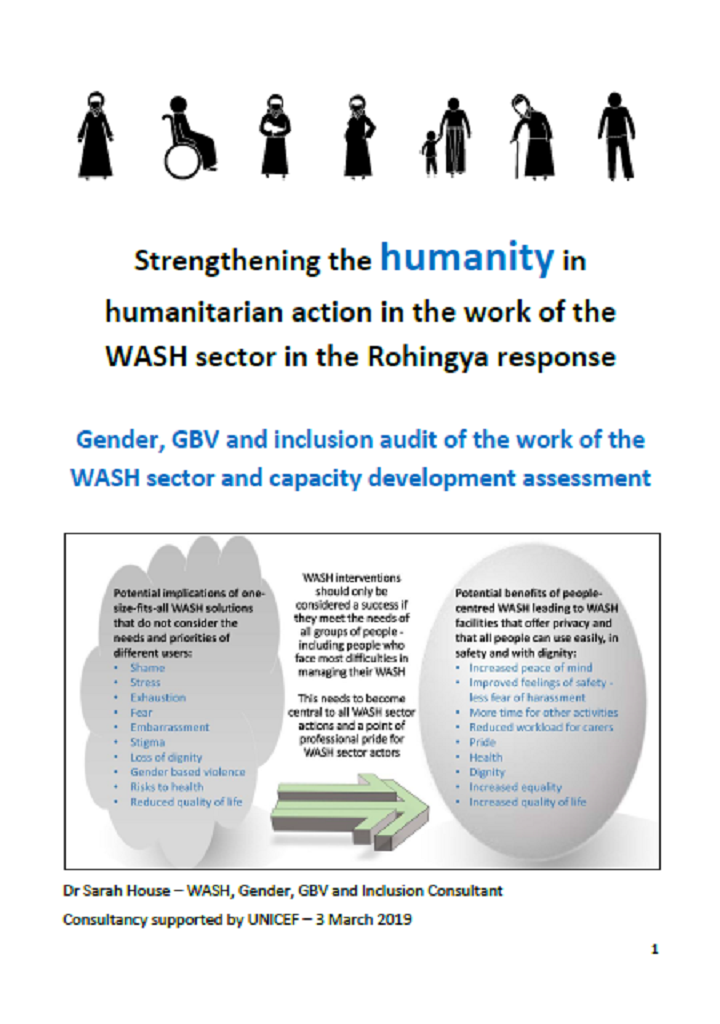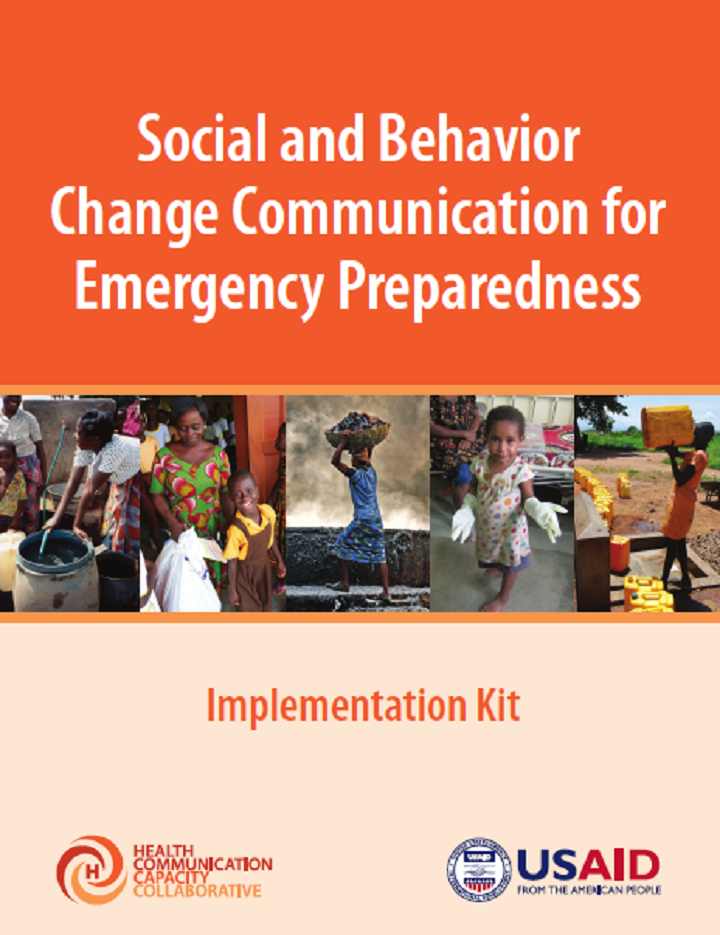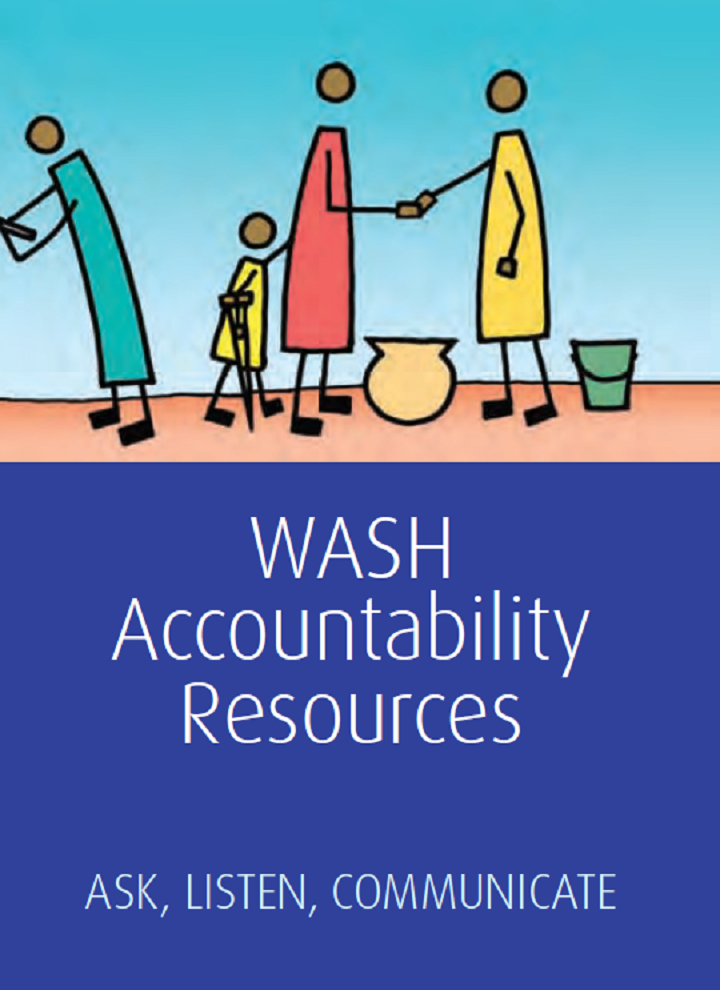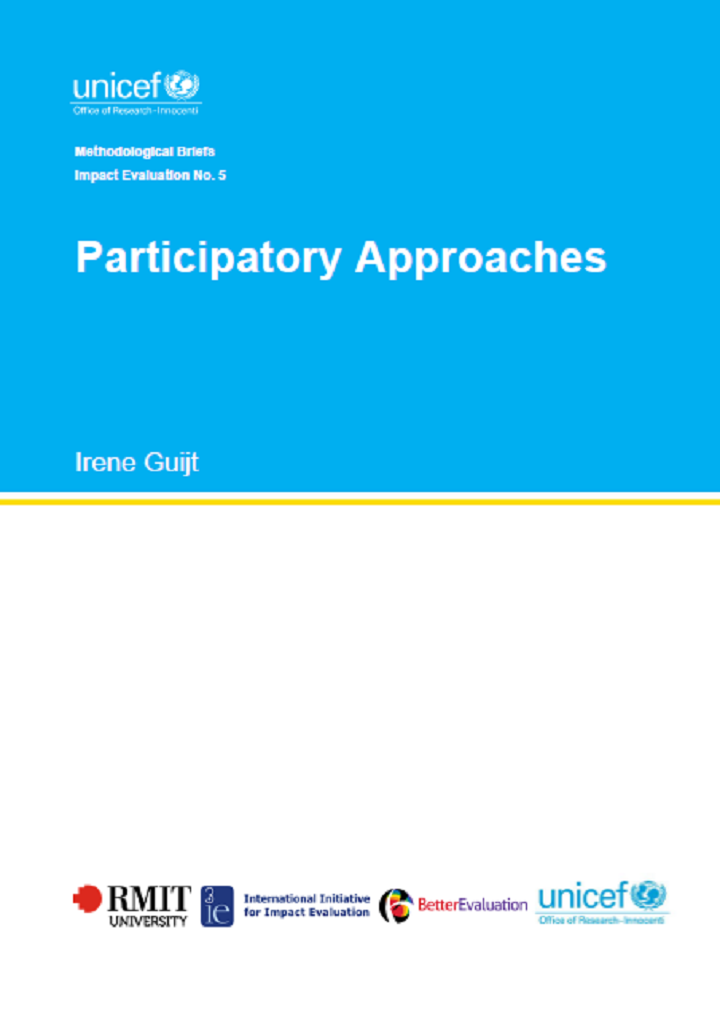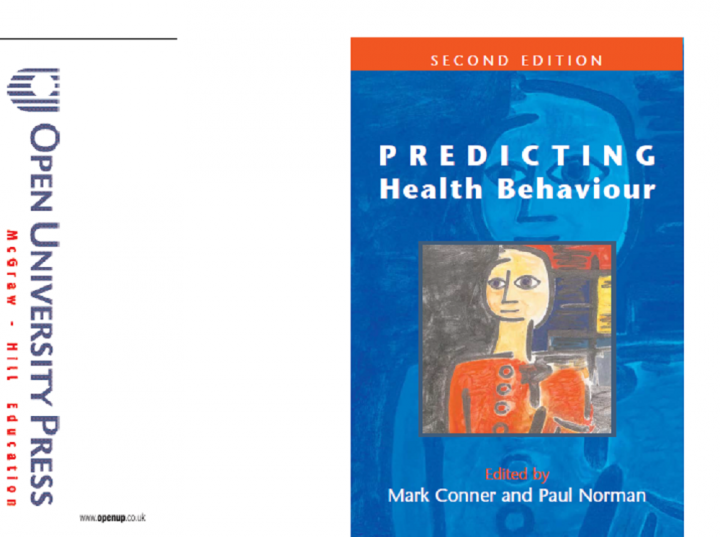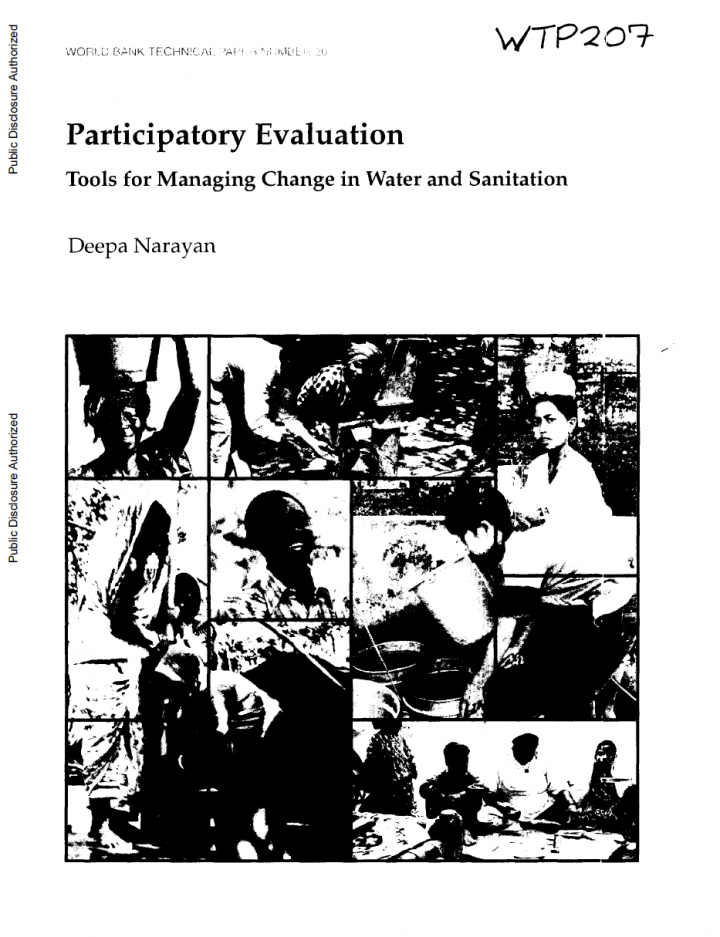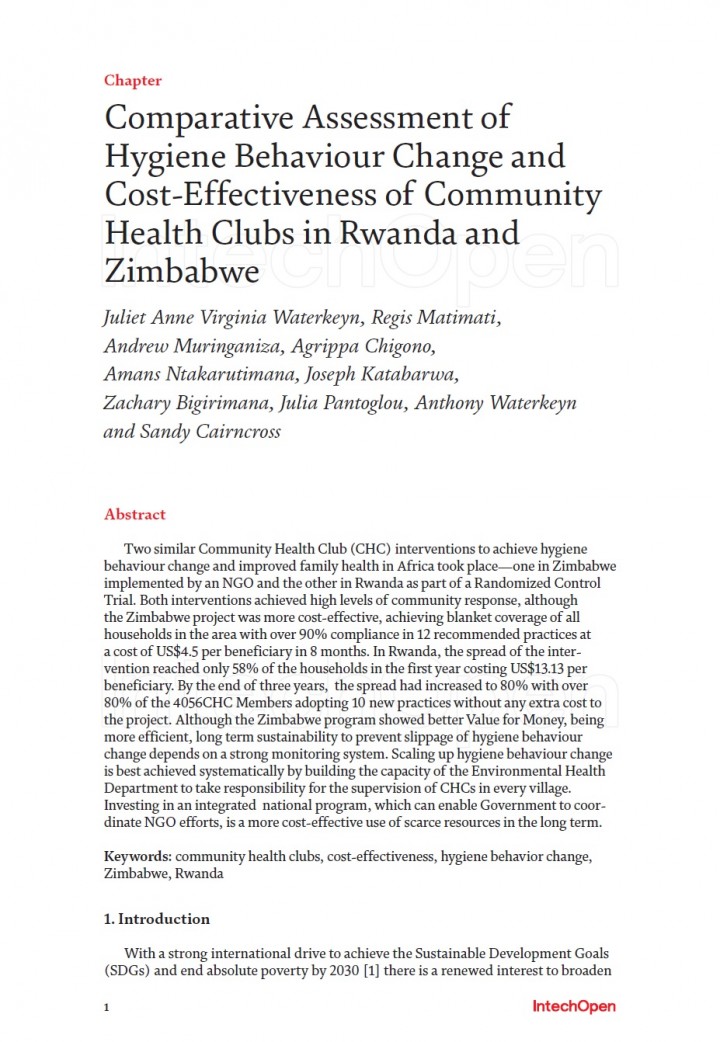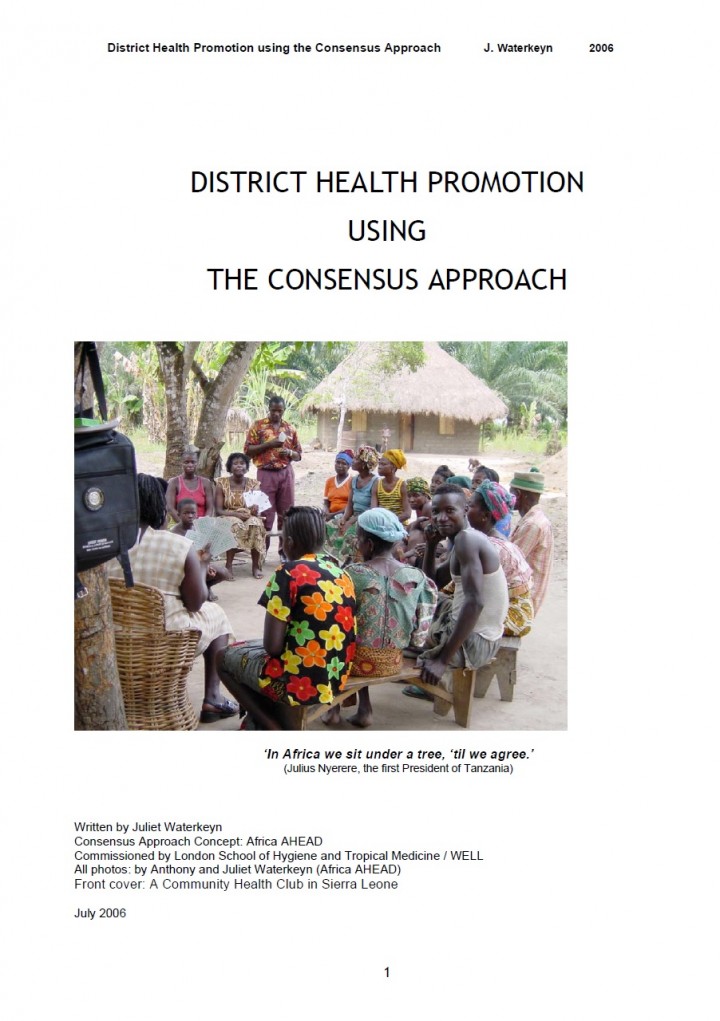Searching for information on Sanitation Workers?
The Sanitation Workers Knowledge + Learning Hub is the best source for all current news, trends, articles and updates on sanitation workers rights around the world.
This checklist is a tool to assist in incorporating protection in water and sanitation interventions. The questions are intended to assist organizations in identifying issues that should be factored into the design, implementation, monitoring and evaluation of their programmes and projects.
World Health Organization data on the burden of disease shows that approximately 3.1% of deaths (1.7 million) and 3.7% (54.2 million) of disability-adjusted-life-years (DALYs) worldwide are attributable to unsafe water, sanitation and hygiene. In Africa and developing countries in South East Asia 4-8% of all disease burdens are attributable to poor hygiene and sanitation. Over 99.8% of all deaths …
This field note provides an overview of the WASH and health financing project that is being implemented in the state of Maharashtra, India – The Ecosystem Approach. The project integrates WASH behaviour change communication (BCC) with rural household microlending programs to drive household water and sanitation access through loans. This initiative aims to establish open defecation free (ODF) …
This feedback starter-kit responds to key questions and provides the most important tips for setting up and running a simple feedback mechanism. The kit includes an overview of templates containing the necessary basic elements to implement and run a feedback mechanism. All tools can be found under the 'related resources' section of this page.
The purpose of these exercises is to draw on the participants’ existing knowledge and experience and assess their understanding of how diarrhoea, malaria or other water and sanitation diseases are transmitted. The activities can also be used to motivate people to take action by asking what can be done about the problems illustrated. By the end of the session participants should be able to …
This toolkit contains tools that can help National Red Cross and Red Crescent Societies – as well as other organizations – to assess, design, implement, monitor and evaluate community engagement and accountability activities in support of programmes and operations. The toolkit should be used in conjunction with our Guide to Community Engagement and Accountability.
Community murals could help CEA practitioners to promote coexistence in public spaces; involving communities, it can be a vehicle for social cohesion and inclusion. This guide presents the steps to follow to develop a community muralisation activity within a migration framework.
The guidelines set out essential actions that humanitarian actors must take in order to effectively identify and respond to the needs and rights of persons with disabilities who are most at risk of being left behind in humanitarian settings.
The recommended actions in each chapter place persons with disabilities at the centre of humanitarian action, both as actors and as members of affected …
In Bangladesh diarrhoeal disease and respiratory infections contribute significantly to morbidity and mortality. Handwashing with soap reduces the risk of infection; however, handwashing rates in infrastructure-restricted settings remain low. Handwashing stations – a dedicated, convenient location where both soap and water are available for handwashing – are associated with improved …
The burgeoning study of social support in relation to social stress and health would benefit from increased attention to issues of social structure. Three aspects of social relationships, all often referred to as social support, must be more clearly distinguished—(1) their existence or quantity (i.e., social integration), (2) their formal structure (i.e., social networks), and (3) their …
In the wake of Ebola and in the throes of the Zika outbreak, more focus than ever is on the importance of strong and resilient1 health systems that serve and promote the well-being of individuals, households and communities. Engaging in social and behavior change communication (SBCC) preparedness efforts as part of strengthening a health system, and certainly prior to a critical incident, can …
A nation is democratic to the extent that its citizens are involved, particularly at the community level. The confidence and competence to be involved must be gradually acquired through practice. It is for this reason that there should be gradually increasing opportunities for children to participate in any aspiring democracy, and particularly in those nations already convinced that they are …
The study of behaviours that influence health and the factors determining which individuals will and will not perform such behaviours has become a key area of research within health psychology. As the second edition of this book testifies, there is a considerable and impressive body of research in this area. The purpose of this book is to provide in a single source an overview of current research …
Engaging communities in humanitarian programming is key to ensuring their participation in decision-making that affects them as outlined by commitment 4 of the Core Humanitarian Standards. Based on learning from the West-African Ebola response (2014–2016), Oxfam’s WASH (water, sanitation, and hygiene) team is undertaking a paradigm shift toward greater community engagement (hereafter referred …
This handbook offers a summary of the practical experience gained. It is not intended to provide answers to all problems relating to material conditions of detention, for such problems have to be approached also from the angle of the organization of prison administrations and of the management of prisons and other places of detention, matters which are outside its purview. The ICRC hopes that …
There is now widespread recognition that participatory development-involvinig users and communities in all stages of the development process-is critical for achieving sustained benefits. By responding to felt needs, and by involving stakeholders intimately in all aspects of a program, participatory development creates "ownership," accountability, and a willingness on the part of users to manage …
Fourteen behaviour trials were conducted among caregivers of children under-five with diarrhoea. Caregivers were recruited from two clinics situated in rural and peri-urban Lusaka. Trials took ten days and data were captured using video, observation and repeated interviews. Additional data were collected through focus group discussions with mothers, observations in clinics and pharmacies and …
Two similar Community Health Club (CHC) interventions to achieve hygiene behaviour change and improved family health in Africa took place—one in Zimbabwe implemented by an NGO and the other in Rwanda as part of a Randomized Control Trial. Both interventions achieved high levels of community response, although the Zimbabwe project was more cost-effective, achieving blanket coverage of all …
This manual is a guideline for those planners looking for a practical methodology for conducting a
health promotion project at District Level. The focus is primarily on applying this approach to rural areas;
however the approach is still applicable to an urban setting.
The manual takes approximately 1.5 hours to read and is divided into three main sections.

